Make your own laundry soap to ensure your do not carry or transfer germs and other contaminants on your clothing during a long-term disaster and to save a pretty substantial amount of money you can use to stockpile other essential preps in the process.
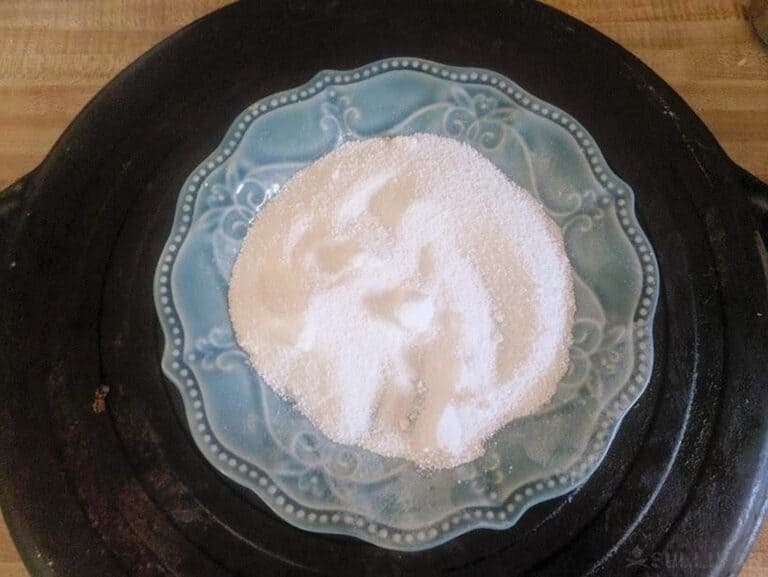
DIY laundry soap is just that, a soap. It is not a detergent that uses harsh chemicals to clean clothing. You can make homemade laundry soap in either a solid powder form or a liquid form. They both work equally well to clean clothing. The choosing of one over the other is merely a matter of personal preference.
There is often extremely heated debate over what are the best ingredients for DIY laundry soap online, so much so you would think the commenters and writers were discussing politics and not a clothes washing product.
If the “how natural is natural” argument does not interest you, the ingredients selection process will not be fraught with stress and soul-searching and internet researching turmoil.
I am a big proponent of using natural ingredients in everything I made to use on our bodies, in the garden, and when rendering first aid to my tribe and the barnyard.
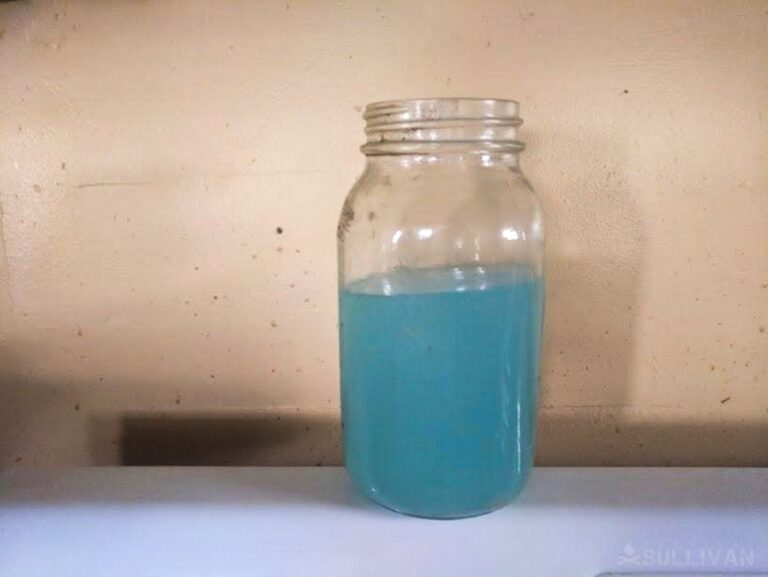
Work clothing tends to get pretty dirty after a day of doing chores on our survival homesteading retreat and my homemade “detergent” continues to do a great job of getting our coats, pants, etc. looking as close to new as possible again and again.
But I have no desire to delve so deeply into the minutia when it comes to the debate of just how natural Borax is of the pristin nature of Fels Naptha soap.
Both are natural enough for me and I use them often and sometimes substitute other types of soap for Fels Naptha if I don’t have it on hand and have had success with it in the past. It is worthy of mentioning that Borax is NOT boric acid, as some online chatter and poorly researched
Depending upon the prices of necessary ingredients in your local area, you should be able to make approximately 20 gallons of homemade laundry soap for around $10.
Table of Contents
Soapmaking Tips
Most DIY laundry soap recipes are safe for high-efficiency (HE) washers, but these somewhat picky front-loading modern washers could clog up when powdered homemade laundry soap is used.
DIY laundry soap, like most homemade bar and liquid soaps as well as shampoos and conditioners, are low-sudsing. Do not worry that simply because bubbles or suds are not appearing as usual in your wash load that the DIY laundry soap is not doing its job.
The ingredients you choose to use will determine if the soap is safe to use on sensitive skin or on baby clothing. Remember, essential oils are often too potent for use with both pets and young children.
Two tablespoons is generally the recommended amount of homemade laundry soap to use per large load for both the powdered and liquid versions.
Both powdered and liquid laundry detergents are extremely shelf stable. I like to use 5 gallon buckets and make detergent in bulk and have a decent stockpile available to use all summer long or if the SHTF.
The longest I have kept a bottle of liquid homemade laundry soap on a shelf (in the basement) has been 7 months – and it worked just fine and appeared to be as potent as the bottles I used when they were more fresh.
As long as you keep powdered DIY laundry soap in an airtight container, it should keep pretty much indefinitely.
Distilled white vinegar makes a great natural fabric softener, it does not leave your laundry smelling at all like vinegar – I promise. But, never ever pour it in the washer right after using a homemade laundry soap that contains baking soda, Castile soap, or super washing soda.
A mixture of vinegar with either of these other ingredients will usually cause a poor washing result – and definitely a lot of foaming when baking soda and vinegar are mixed.
Simply pour in up to a half of a cup of distilled white vinegar after the washer drains from the wash cycle as the rinse water is flowing into the washer’s drum.
If you are worried about build up in your septic system or an energy-efficient washer, toss a few tablespoons of Epsom salt in when doing a load of laundry and try using the liquid instead of the powdered version of the DIY laundry soap recipes.
A typical bar of soap generally weighs between four to four and a half ounces.
Generally, when a DIY laundry soap recipe calls for a bar of soap, it needs a minimum of four ounces to work.
If using a large bar of soap, adjust down the amount you grate to avoid ending up with a gummy result – unless you are washing very soiled or heavy duty outerwear.
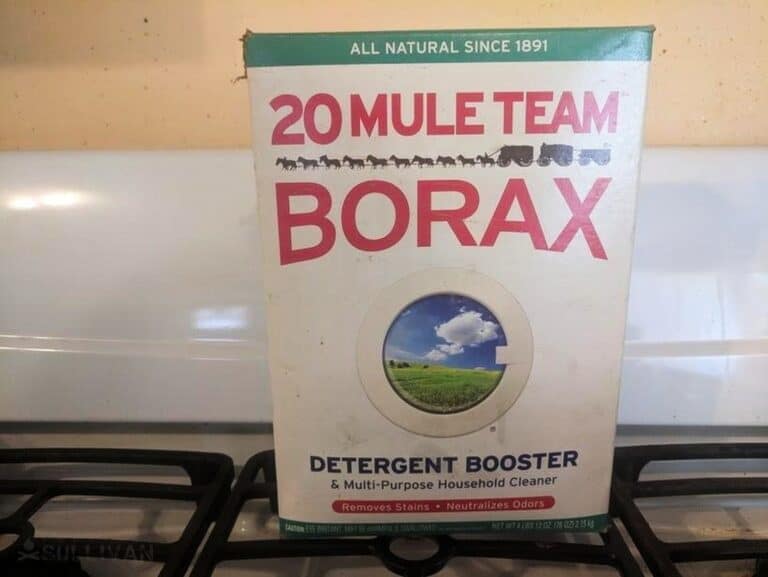
DIY Laundry Soap Ingredients
The homemade laundry soap recipes you will find below all share many common ingredients, You may want to adjust the amounts used up or down slightly based upon how they work in your washer and on your laundry and for personal preference.
The soap you choose to use when making laundry detergent is entirely up to you, but some brands do tend to work better than others at cleaning stains and preventing clothes from becoming dingy or smelly – especially if you have hard water issues.
We have well water and I have never been unhappy with any of the recipes posted below.
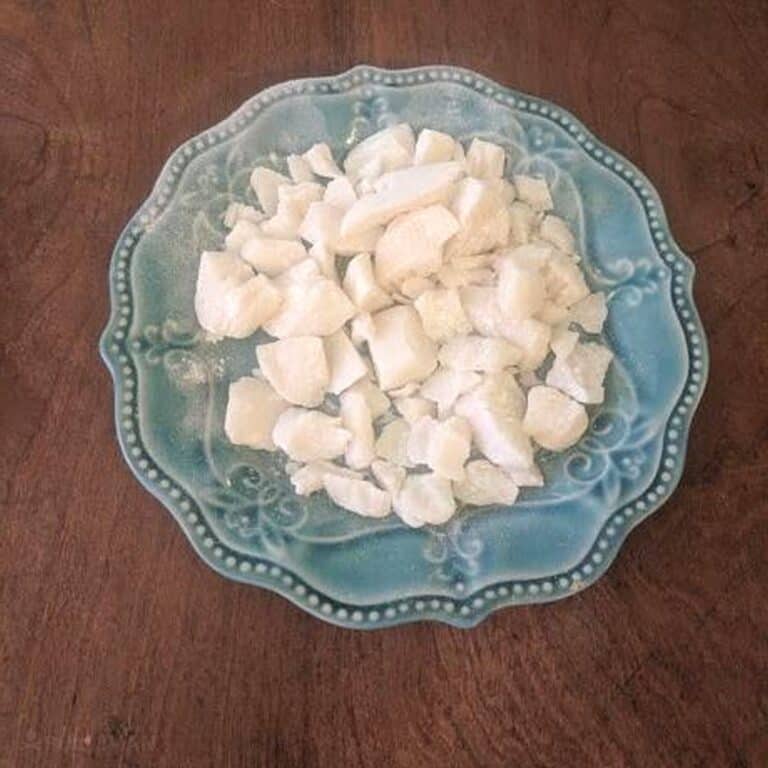
Recommended Soaps to Use as Ingredients
- Castile – This is an olive-oil based soap from Spain is likely the most often used when making not just laundry soap, but dish soap and liquid hand soap as well. It is known to produce significant results when it comes to removing both dirt and stains from clothing. Because it it vegetable and not animal fat based, the chances of it clogging up either your washer or your septic system are substantially low.
- Fels Naptha – This soap is often more readily available of the shelf than Castile, especially in rural areas. It is incredibly cheap, sometimes as low as $1 a bar. Like Castile soap, it does not contain any perfumes and is highly concentrated so a little bit goes a very long way. Some folks with sensitive skin maintain Fels Naptha soap is one of the very few types that does not irritate it. You might be able to skip using bleach on your whites if you grate about a half a cup of so of the soap in warm water and then soak the whites or even stained clothing, in it for about 60 minutes.
- Ivory – This is another great inexpensive and readily available option for making homemade laundry soap. In my personal experience, it takes a little more of Ivory soap to get clothing clean than when I used either Fels Naptha or Castile in my recipes. When in a pinch, I have even used Lever 2000 soap and had decent results.
Laundry Soap Recipe #1 – Large Batch, Borax-Based
Ingredients and Supplies
- 1 bar of your chosen soap
- 2 cups of washing soda
- cups of Borax
- water
- 5 gallon bucket
Directions
- Chunk the bar of soap and feed it through your foot processor or grate it with a cheese grater or serrated butter knife into fine pieces.
- Heat 2 quarts of water in a large pot.
- Pour in the grated soap and stir constantly until it fully dissolves.
- Remove the pot from the heat
- Pour four and a half gallons of warm water into the bucket.
- Stir in both the washing soda and the Borax – keep stirring the mixture until the particles are fully dissolved.
- Pour in the soap mixture
Tips
- Once the laundry soap has completely cooled, you can pour into smaller jugs to make it more handy to use on a regular basis.
- Use between ½ and 1 full cup of the laundry soap per load – depending upon how soiled the clothing is and the weight of the load.
Laundry Soap Recipe #2 – Borax, Castile
Ingredients
- 3 tablespoons of washing soda
- 3 tablespoons of Borax
- 3 tablespoons of liquid Castile soap or Blue Dawn dishwashing liquid
- water
Directions
- Pour the washing soda and the Borax into a non-metallic bowl.
- Boil four cups of water.
- Pour in the liquid soap
- Stir to mix the ingredients together completely.
- Pour the mixture into a 1 gallon bucket or jug when it has cooled just enough to do so safely.
- Fill the 1 gallon container up the rest of the way with cold water.
- Put the cap on the jug or the lid on the bucket and shake vigorously for about 30 seconds.
- Store until ready to use. Use up to 1 cup of the DIY laundry soap per large laundry load.
DIY Laundry Soap Recipe #3 – Ivory soap-based
Ingredients and Supplies
- 1 bar of Ivory soap
- 1 cup of washing soda
- water
- bucket – that will at least 2 and half gallons
Directions
- Grate the soap finely either by hand or chunking it and running it through a food processor.
- Put the soap into a medium pot with just enough warm water to cover it.
- Stir continuously until the soap flakes dissolve while warming the pot over medium heat – do not bring to a boil.
- Fill the bucket with two and a half gallons of hot water.
- Remove the soap mixture from the stove and carefully pour into the bucket.
- Stir until the mixture in the bucket is thoroughly combined.
- Pour in the washing soda while continuously stirring again.
- Allow the mixture to cool and store in containers with a firm fitting lid.
Tips
- Homemade liquid laundry soap is thicker than the store bought variety.
- DIY liquid laundry soap has a tendency to become a bit gooey and resemble gel after it cools and settles inside a jug. If this happens, it will be more difficult to pour but is still completely fine to use. If you are concerned about the appearance or it clogging the washing if not cleaning clothes with hot water, simply pour out the amount you need to use and dilute it slightly with some warm water – stir and use. Remember, the more diluted the laundry soap is the weaker it gets.
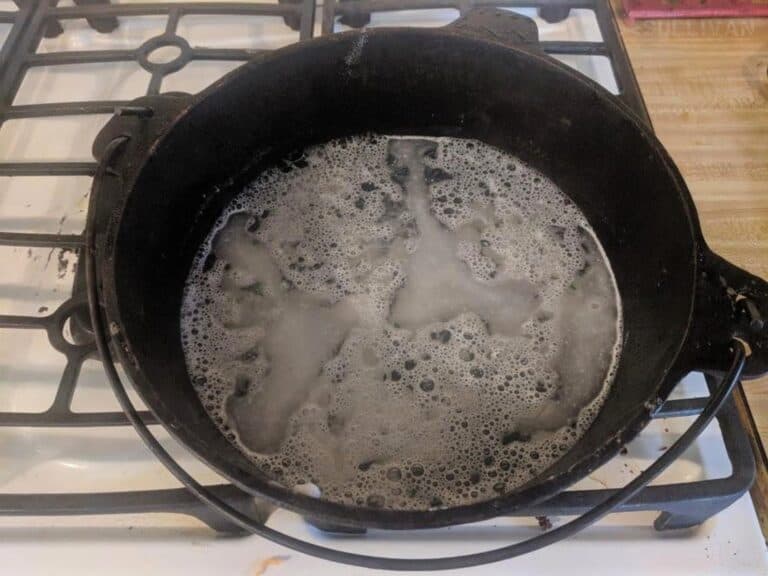
DIY Laundry Soap Recipe #4
Ingredients
- 1 cup of baking soda
- 1 cup of distilled white vinegar
- ¼ cup of Blue Dawn or liquid Castile soap
- 1 cup of washing soda
Directions
- Pour all of the dry ingredients and the liquid soap into a bowl and combine thoroughly.
- Slowly pour in the distilled white vinegar as you stir to combine.
- The mixture should resemble a fairly thick paste.
- Cover the mixture and allow it to sit overnight so it will break down into a powdered soap form.
- Stir again to break up any glumpy parts and then store in an airtight container until ready to use. Use about half a cup of the powdered laundry soap per large load.
DIY Laundry Soap Recipe #5 and Supplies
Ingredients
- 1 bar of soap
- ¾ of a cup of Borax
- 2 tablespoons of vegetable glycerin
- 2 and a half gallons of water
- ¾ of a cup of washing soda
- Bucket – large enough to hold two and a half gallons
Directions
- Grate the bar of soap
- Put the water and the soap in a pot and warm over only medium heat – do not bring to a boil
- Pour two and a half gallons of hot water into the bucket.
- Pour the Borax, glycerin, and washing soda into the bucket and stir vigorously until all of the solids dissolve.
- Allow the laundry soap to cool completely in the bucket before pouring it in smaller containers (with a firm-fitting lid) until ready to use.
Once you have made a batch or two of homemade laundry soap you will get a better feel of what recipe and amounts of ingredients works best for your washing machine and typical load of laundry. Feel free to adjust the quantities of ingredients up or down slightly to suit your needs.
If you prefer a scented DIY laundry soap, pour a few capfuls of your favorite essential oils or some lemon juice into the washer along with the soap.
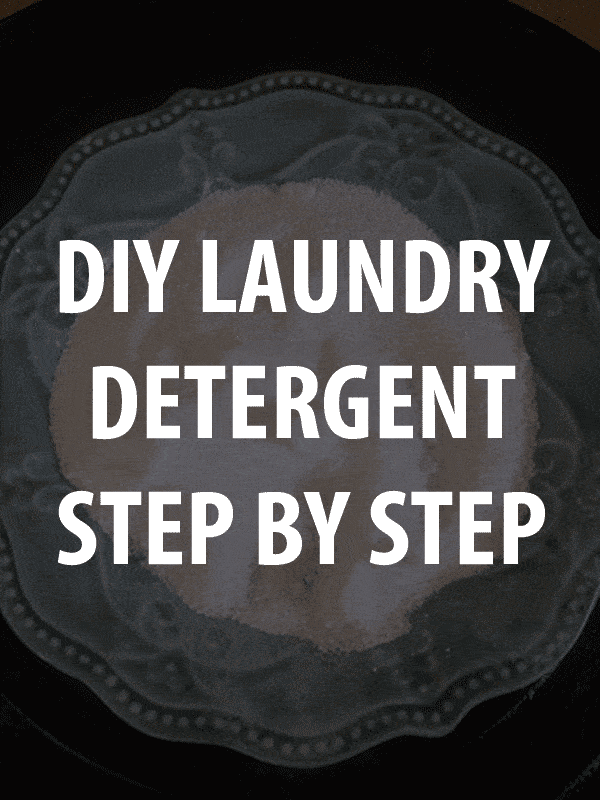
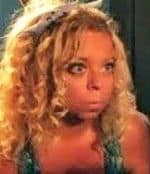
Tara Dodrill is a homesteading and survival journalist and author. She lives on a small ranch with her family in Appalachia. She has been both a host and frequent guest on preparedness radio shows. In addition to the publication of her first book, ‘Power Grid Down: How to Prepare, Survive, and Thrive after the Lights go Out’, Dodrill also travels to offer prepping tips and hands-on training and survival camps and expos.
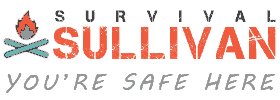
I’ve used recipe #2 extensively, generally about a half cup of the liquid per load unless things are really soiled. It is easy to make with only three ingredients.
I find liquid recipe to be too messy–My detergent sits in a plastic container from dollar tree; fels naptha now comes already chipped(lovely) added with Borax and Arm and Hammer washing sodas.
Just stir and using, 1/8 cup for regular and 1/4 cup for really dirty.
My wash is clean and bright..I so use Shout for stains.
This detergent lasts a long time and is quite inexpensive.
Great for sensitive skin too.
Borax not natural enough?
Borax or sodium borate is a mineral that was first “mined” in dry lake beds in the 8th or 9th century. The logo for the “20 mule team Borax” is there becuase the company that made Borax cheap and widely available use a wagon hitched to 20 mules to haul the Borax out of California deserts.
Borax is great in the washer, an effective insecticide, anti fungal, and my favorite use, welding flux.
Boraxo hand cleaner while containing Borax is not the same.